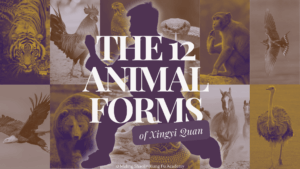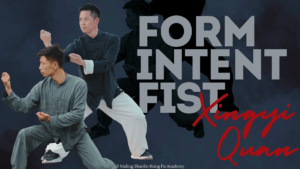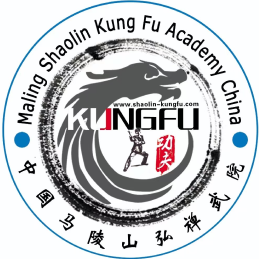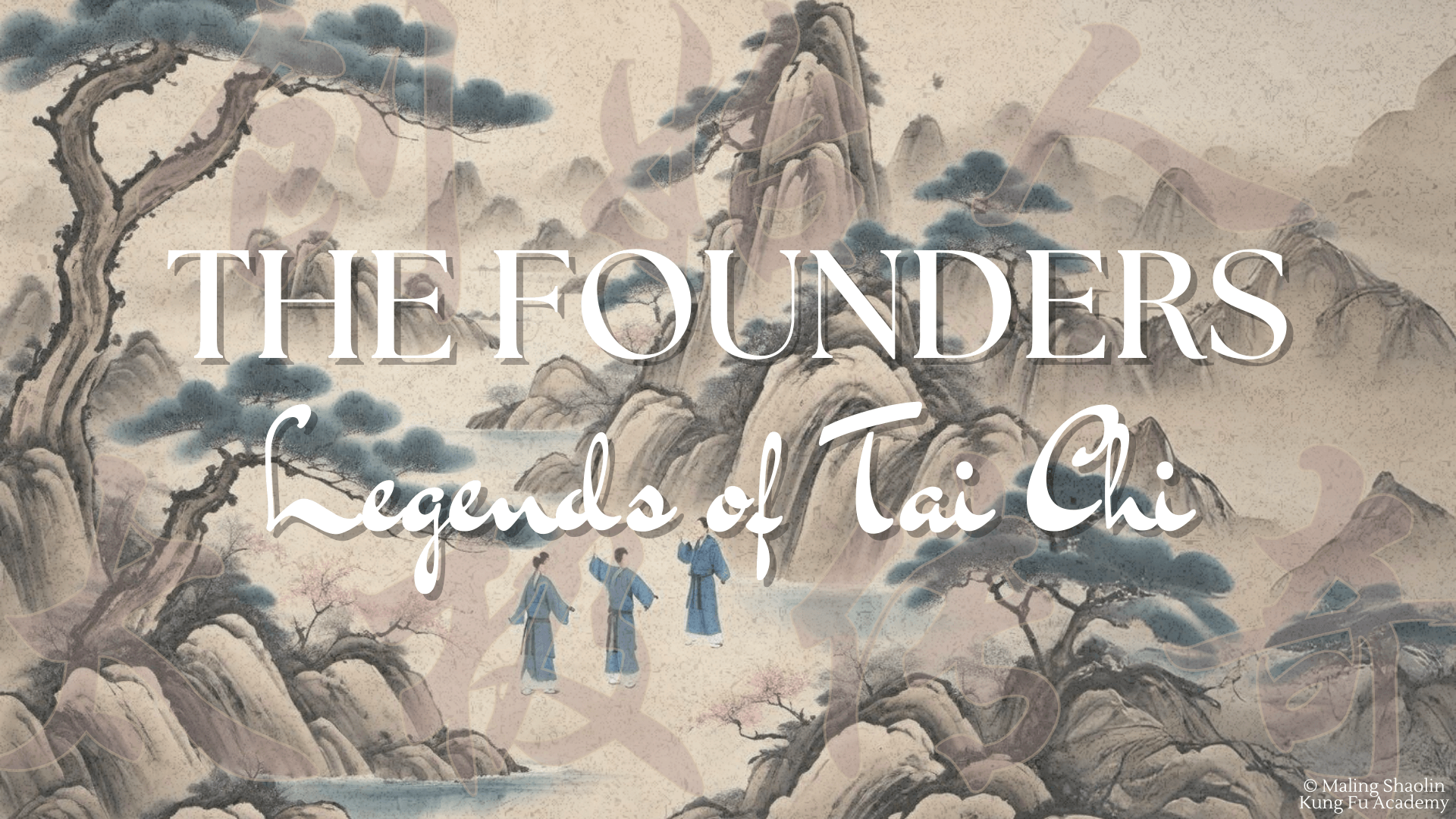
The origins of Tai Chi Chuan (Taijiquan) are steeped in legend and mythology, with three prominent figures often credited as its founders: Zhang Sanfeng, Chen Wang Ting, and Yang Lu Chan. While their individual contributions and historical existence remain subjects of debate, the narratives surrounding these legendary figures have left an indelible mark on the rich tapestry of Chinese martial arts history. Each figure brings a unique perspective and legacy to the development of Tai Chi Chuan, reflecting a blend of myth, tradition, and historical context that continues to inspire practitioners around the world.
Zhang Sanfeng
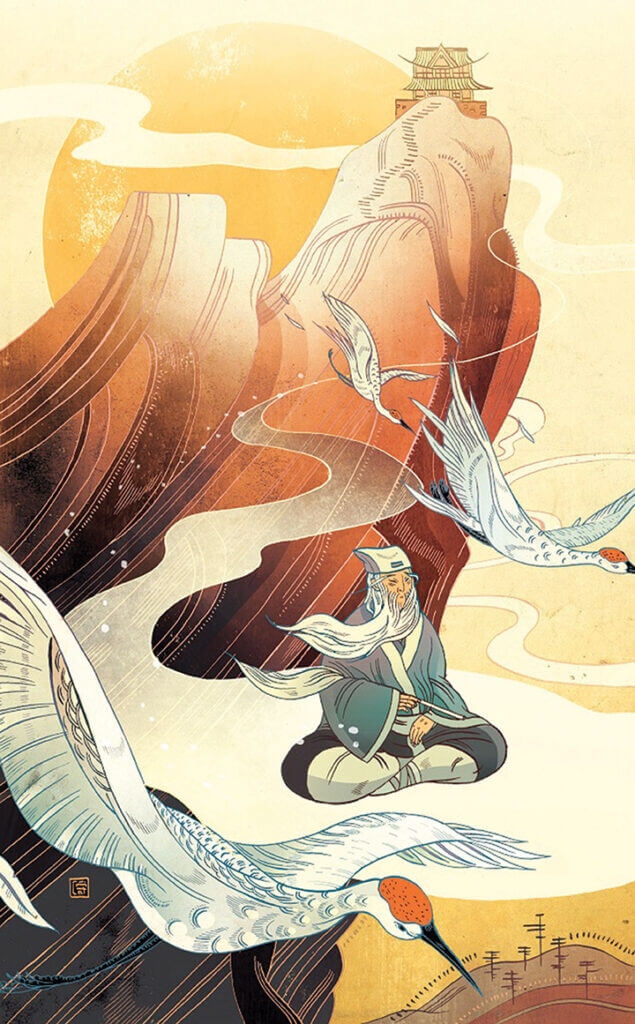
The legend of Zhang Sanfeng is a prominent and enduring tale in Chinese martial arts folklore, often credited with the creation or inspiration of various martial arts styles, including Tai Chi Chuan. While the details may vary in different retellings, the legend generally follows a similar narrative:
According to the legend, Zhang Sanfeng was a legendary Taoist monk who lived during the late Song Dynasty (960-1279 AD) or the early Ming Dynasty (1368-1644 AD), although historical records about his existence are scarce and often conflicting. Zhang Sanfeng was said to have been born in the 12th or 13th century in what is now Shanxi Province, China.
The legend recounts that Zhang Sanfeng was a highly skilled martial artist and Taoist sage who possessed extraordinary abilities and wisdom. Renouncing worldly pursuits, he retreated to the sacred mountains of Wudangshan, where he devoted himself to the study of Taoism, meditation, and martial arts in seclusion.
One day, while meditating in the mountains, Zhang Sanfeng witnessed a confrontation between a snake and a crane. Intrigued by their fluid movements and harmonious interaction, he was inspired to develop a new martial arts style that emulated the natural principles of Yin and Yang, balance, and harmony.
Drawing from his observations of nature and his profound understanding of Taoist philosophy, Zhang Sanfeng created Tai Chi Chuan, a martial art characterized by slow, flowing movements, relaxation, and internal energy cultivation. Tai Chi Chuan was believed to embody the principles of softness overcoming hardness, yielding to force, and using minimal effort to overcome stronger opponents.
As the legend goes, Zhang Sanfeng’s teachings spread throughout China, influencing generations of martial artists and leaving a lasting legacy on the development of Chinese martial arts. Though the historical accuracy of the legend is uncertain, Zhang Sanfeng remains a revered figure in Chinese martial arts mythology, symbolizing wisdom, enlightenment, and the integration of martial arts with spiritual cultivation.
Chen Wangting
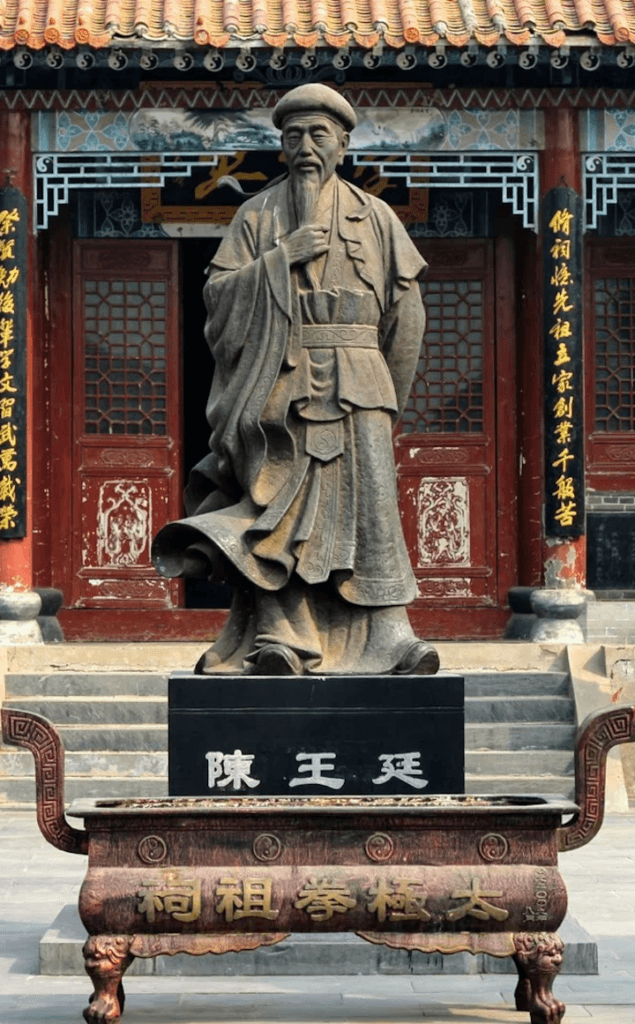
The legend of Chen Wangting is closely associated with the creation of Tai Chi Chuan (Taijiquan), one of the most renowned martial arts styles in China. While the details may vary in different retellings, the legend generally follows a similar narrative:
Chen Wang Ting was a Ming Dynasty (1368-1644 AD) general who hailed from the Chen Village in Wenxian County, Henan Province, China. Renowned for his military prowess and leadership, Chen Wang Ting was a skilled warrior who served the Ming Dynasty with distinction.
According to legend, during a period of peace, Chen Wang Ting returned to his hometown and retired from military service. Seeking to further develop his martial skills and explore the depths of martial arts theory, he retreated to the Chen Village’s Chen Family Temple, where he began a period of intensive training and meditation.
During his seclusion, Chen Wang Ting is said to have been inspired by a series of encounters with a mysterious Taoist sage or immortal. The sage imparted to him profound insights into the principles of Yin and Yang, balance, and internal energy cultivation, guiding him towards a deeper understanding of martial arts.
Drawing from these teachings and his own experiences in combat, Chen Wang Ting synthesized a new martial arts style that combined softness with strength, fluidity with rootedness, and internal energy cultivation with practical combat applications. This martial art came to be known as Tai Chi Chuan, or “Grand Ultimate Fist.”
Tai Chi Chuan was characterized by slow, deliberate movements, circular patterns, and an emphasis on relaxation, internal energy (Qi) cultivation, and mind-body integration. It was designed not only as a system of self-defense but also as a holistic practice for enhancing health, longevity, and spiritual development.
Chen Wang Ting’s teachings spread throughout the Chen Village and beyond, influencing generations of martial artists and laying the foundation for the development of Tai Chi Chuan as a distinct martial arts style. Today, Chen Wang Ting is revered as the founder of Tai Chi Chuan, and his legacy continues to inspire practitioners around the world to explore the profound depths of martial arts and inner cultivation.
Yang Luchan
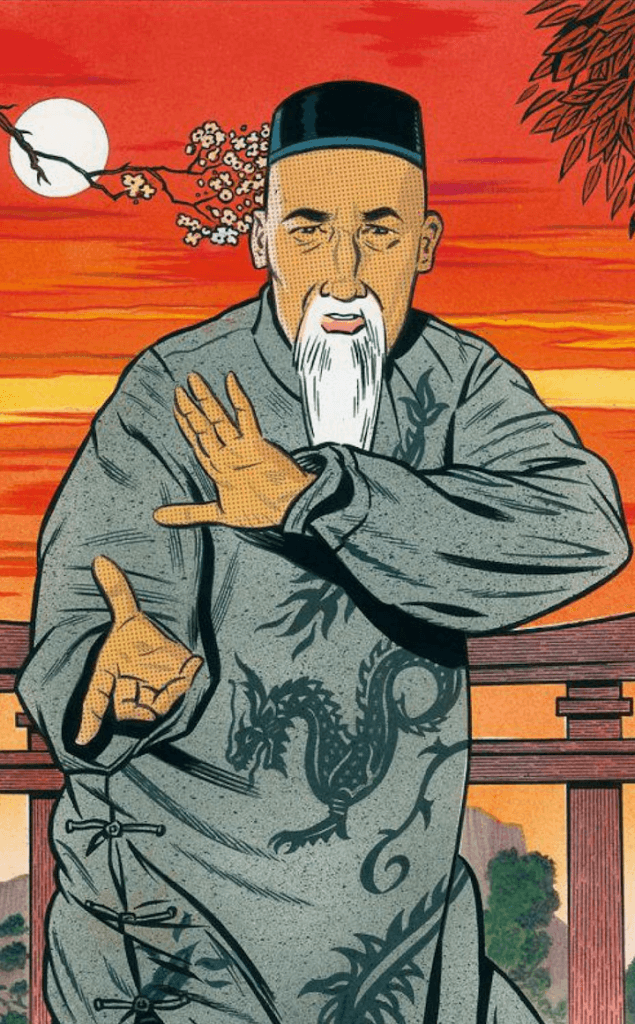
The legend of Yang Luchan is deeply intertwined with the origins of Yang-style Tai Chi Chuan (Taijiquan), one of the most widely practiced and influential martial arts styles in the world. While the details may vary in different retellings, the legend generally follows a similar narrative:
Yang Lu Chan, also known as Yang Fu Kui, was born in the early 19th century in Yongnian County, Hebei Province, China. From a young age, Yang Lu Chan displayed a keen interest in martial arts and began his training under the tutelage of a local master named Chen Changxing.
Despite his dedication to martial arts, Yang Lu Chan faced significant challenges due to his humble background and lack of financial resources. Determined to overcome these obstacles, he worked diligently and persevered in his training, demonstrating exceptional talent and commitment.
Legend has it that Yang Lu Chan’s life took a fateful turn when he encountered a secretive martial arts master named Chen Changxing, who was renowned for his expertise in a family style of martial arts known as Chen-style Tai Chi Chuan. Despite the Chen family’s reluctance to accept outsiders as students, Yang Lu Chan was determined to learn their closely guarded martial arts secrets.
To gain entry into the Chen family’s inner circle, Yang Lu Chan disguised himself as a servant and worked as a servant in the Chen household. While performing his duties, he secretly observed the Chen family’s martial arts practice and diligently practiced on his own, gradually mastering their techniques through perseverance and determination.
Impressed by Yang Lu Chan’s dedication and skill, Chen Changxing eventually took him on as a formal disciple and imparted to him the intricacies of Chen-style Tai Chi Chuan. Yang Lu Chan proved to be an apt pupil, quickly mastering the principles of softness, relaxation, and internal energy cultivation that defined the art.
After years of intensive training, Yang Lu Chan returned to his hometown as a highly skilled martial artist, where he began teaching Tai Chi Chuan to a select group of students. Over time, his reputation as a master of Tai Chi Chuan spread far and wide, attracting students from all walks of life who sought to learn from his expertise.
Yang Lu Chan’s teachings laid the foundation for what would later become known as Yang-style Tai Chi Chuan, characterized by its gentle, flowing movements, relaxed posture, and emphasis on internal energy cultivation. Today, Yang-style Tai Chi Chuan is practiced by millions of people worldwide for its health benefits, martial effectiveness, and spiritual enrichment.
Though the historical accuracy of the legend is uncertain, Yang Lu Chan’s legacy as a pioneer of Tai Chi Chuan endures as a testament to the transformative power of dedication, perseverance, and the pursuit of martial arts mastery.

